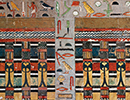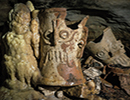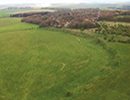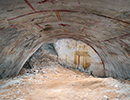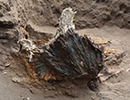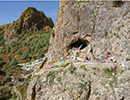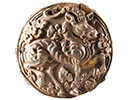Neolithic Henge Feasts
Wiltshire, England
January/February 2020
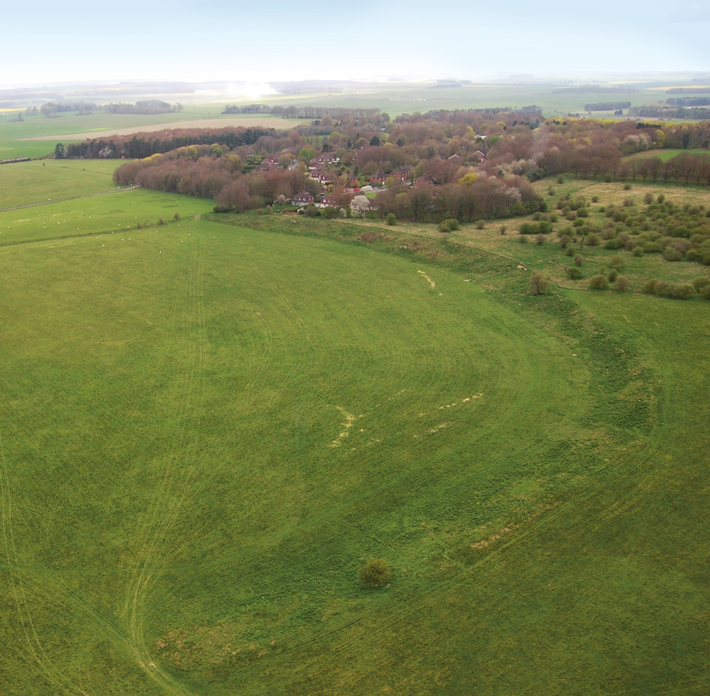 Neolithic Britons not only traveled hundreds of miles to attend celebrations at sacred sites, they also brought their own pigs with them to be consumed in the festivities. The food that an animal or person eats when young leaves a chemical signature in their teeth and bones that scientists can analyze to determine where they were—or were not—raised. An investigation led by Richard Madgwick of Cardiff University recently analyzed pig bones discarded more than 4,000 years ago at four henge sites in southwest England, including Durrington Walls. Madgwick concluded that many of the pigs butchered at the henges were not bred nearby, but were instead brought from as far north as modern Scotland and northwest England. “This shows that there was a much more mobile, connected society than we once thought,” he says. “Knowledge of these events and monuments reached far and wide. People were clearly very organized and went to great lengths to adhere to the symbolic regulations these monuments required.” One such requirement may have been to contribute a pig that they themselves had raised. “People from across Britain would gather for these feasts and consume food from across Britain,” Madgwick says. “This is a potent act in constructing group identity.”
Neolithic Britons not only traveled hundreds of miles to attend celebrations at sacred sites, they also brought their own pigs with them to be consumed in the festivities. The food that an animal or person eats when young leaves a chemical signature in their teeth and bones that scientists can analyze to determine where they were—or were not—raised. An investigation led by Richard Madgwick of Cardiff University recently analyzed pig bones discarded more than 4,000 years ago at four henge sites in southwest England, including Durrington Walls. Madgwick concluded that many of the pigs butchered at the henges were not bred nearby, but were instead brought from as far north as modern Scotland and northwest England. “This shows that there was a much more mobile, connected society than we once thought,” he says. “Knowledge of these events and monuments reached far and wide. People were clearly very organized and went to great lengths to adhere to the symbolic regulations these monuments required.” One such requirement may have been to contribute a pig that they themselves had raised. “People from across Britain would gather for these feasts and consume food from across Britain,” Madgwick says. “This is a potent act in constructing group identity.”
